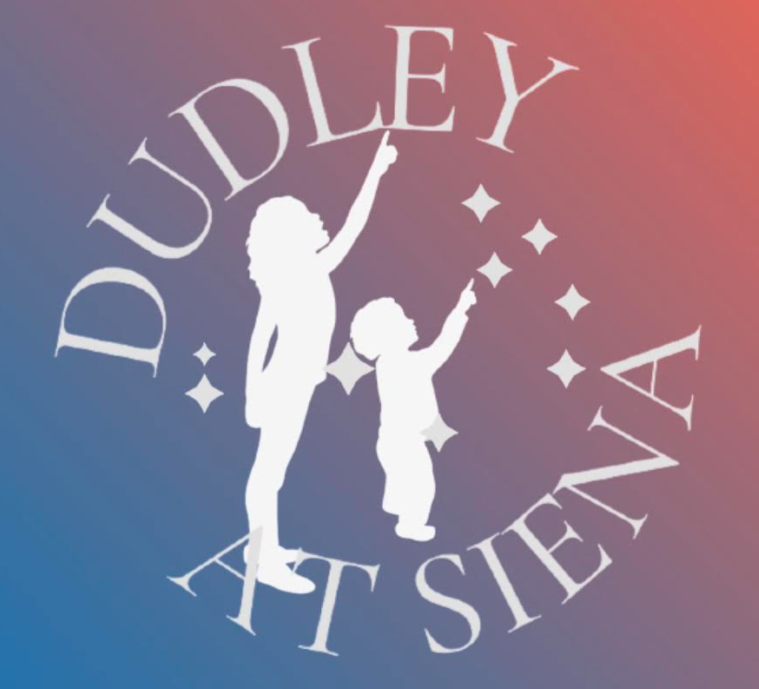Skywatch Line for Friday, May 23, through Sunday, May 25, written by Sam Salem
This is Dudley Observatory’s Skywatch Line for Friday, May 23, through Sunday, May 25, written by Sam Salem.
On Friday, Sun rises at 5:25am and sets at 8:20pm; Moon rises at 3:05am and sets at 4:18pm.
About 30 minutes before sunrise on Friday and Saturday, the waning crescent Moon will lie near, and pass by, Venus and Saturn.
Venus and Saturn appear low in the eastern dawn. They both rise around the very beginning of morning twilight, about two hours before sunrise. Venus, magnitude –4.6, shines 230 times brighter than Saturn. Use binoculars to help locate Saturn 18° upper right of Venus on Saturday morning.
Mars, magnitude 1.1 in the constellation of Cancer, glows high in the southwest in the evening. Look for an orange dot, almost 2/3 of the way from Pollux & Castor to Regulus. Regulus is magnitude 1.3, Pollux is 1.1, and Castor is 1.6, respectively. Mars and Pollux are the same brightness. Mars is more strongly tinted than pale yellow-orange Pollux. Farther below Mars shines Procyon, the brightest star in the constellation of Canis Minor. Mars continues to recede into the distance as Earth pulls ahead of it in our faster orbit around the Sun. In a telescope Mars is now only 6 arcseconds in diameter, a fuzzy blob.
Jupiter, magnitude –1.9 in the constellation of Taurus, shines low in the west during twilight and sets around twilight’s end. Jupiter lies between Taurus’s two horn-tip stars, Beta Tauri to its upper right and fainter Zeta Tauri much closer to its lower left.
Capella, the brightest star in the constellation of Auriga the Charioteer, sets low in the northwest soon after dark. This leaves Vega and Arcturus as the brightest stars in the evening sky. Vega, the summer star and brightest star in the constellation of Lyra, shines in the east-northeast. Arcturus, the brightest star in the constellation of Boötes, is very high toward the south. Look for semicircular Corona Borealis, a third of the way from Arcturus down to Vega. Two thirds of the way from Arcturus to Vega is the dim Keystone of Hercules. It’s now lying almost level. Use binoculars or a telescope to examine the Keystone’s top edge. A third of the way from its left end to the right is 6th-magnitude M13. It’s one of Hercules’s two great globular star clusters. In binoculars it’s a tiny glowing cotton-ball. Use a telescope to resolve some of the star cluster details. The cluster consists of several hundred thousand stars in a swarm about 140 light-years wide.
The big Coma Berenices star cluster is 2/5 of the way from Denebola, Leo’s tail tip, to the end of the Big Dipper’s handle, Ursa Major’s tail tip. The cluster’s brightest members form an inverted Y. The entire cluster is about 4° or 5° wide. It is a big, dim cluster in a dark sky that nearly fills a binocular view.
